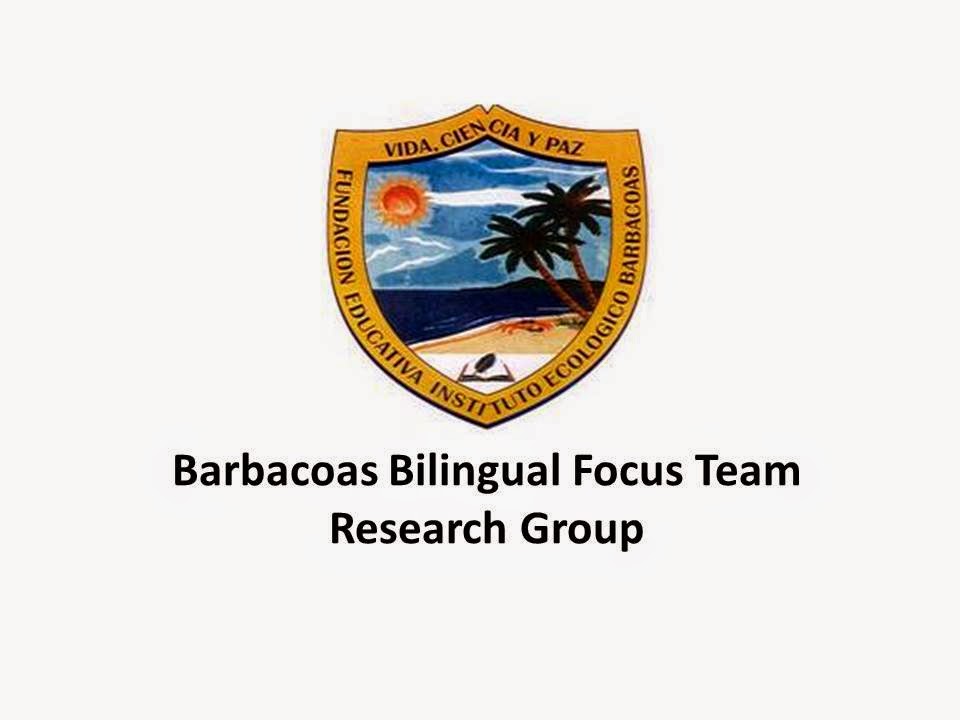Barbacoas Bilingual Focus Team
"Learning English from different sciences"
From left to right: Soledad Buelvas, Richard Barcasnegra, Jorge Quiroga, Erenelis Camargo,
Merlis Torres and Yusneidis Guerrero.
"Barbacoas Bilingual Focus Team" is a research group oriented by Foreign Languages Department, at Fundación Educativa Instituto Ecológico Barbacoas. We started activities on 2013, learning how to strength practical English learning in 9th and 10th grade students (our classmates) who worked at Playa Blanca, and showed a strong disinterest in learning English in class.
For this year, the group is led by five students. Soledad Buelvas, Erenelis Camargo, Yusneidis Guerrero, Richard Barcasnegra and Jorge Quiroga have been thinking how to control, in some way, one of the biggest ecological problems in Barú Island: the littered with plastic bottles. They decided, with the support of their English teachers, to use bottles for building a proper sign for Barbacoas, which lacks a proper one (an ecological sign), and the socialization of this idea through Internet using a blog and a smartphone QR code, to access to this information.
























.jpg)

